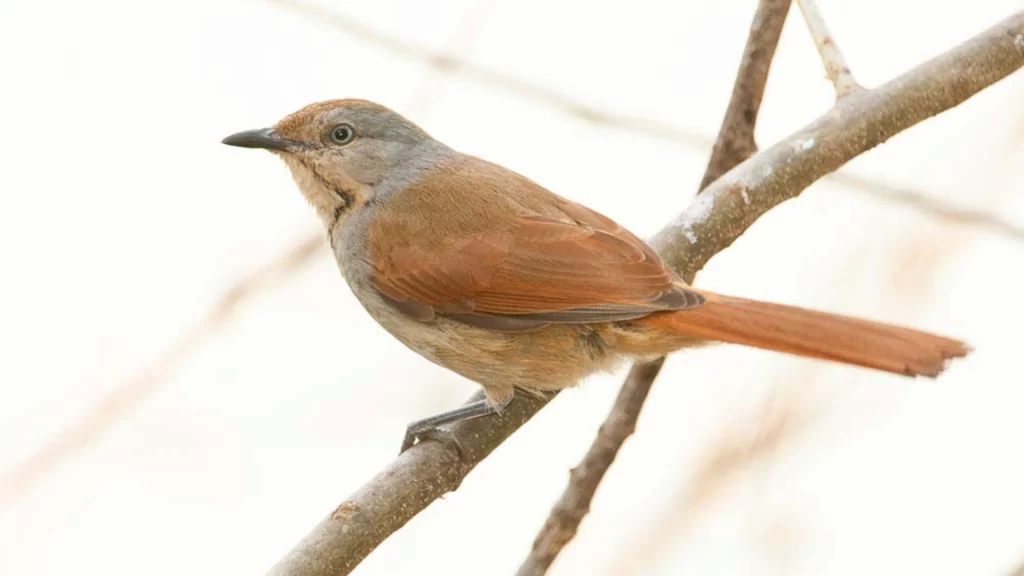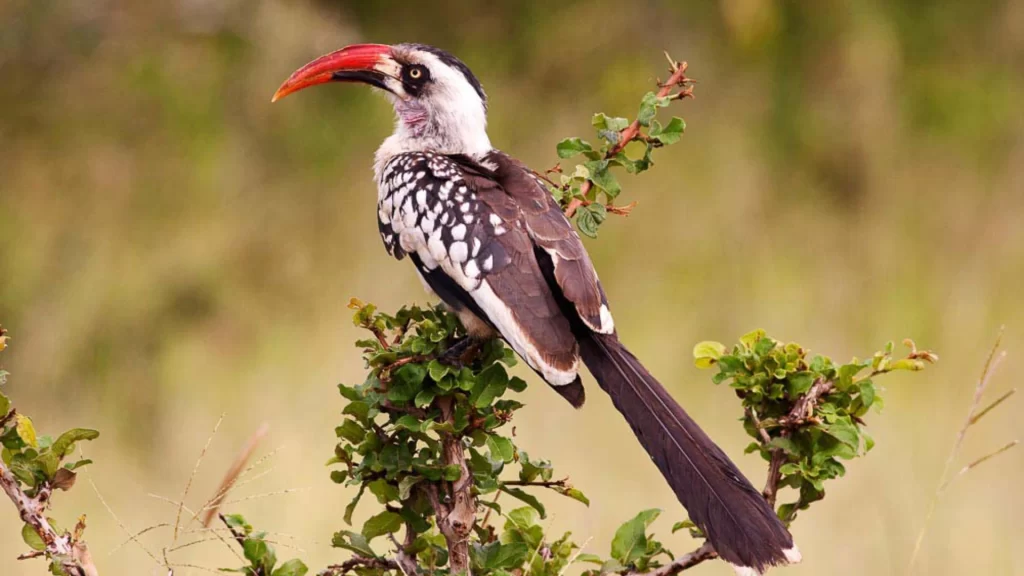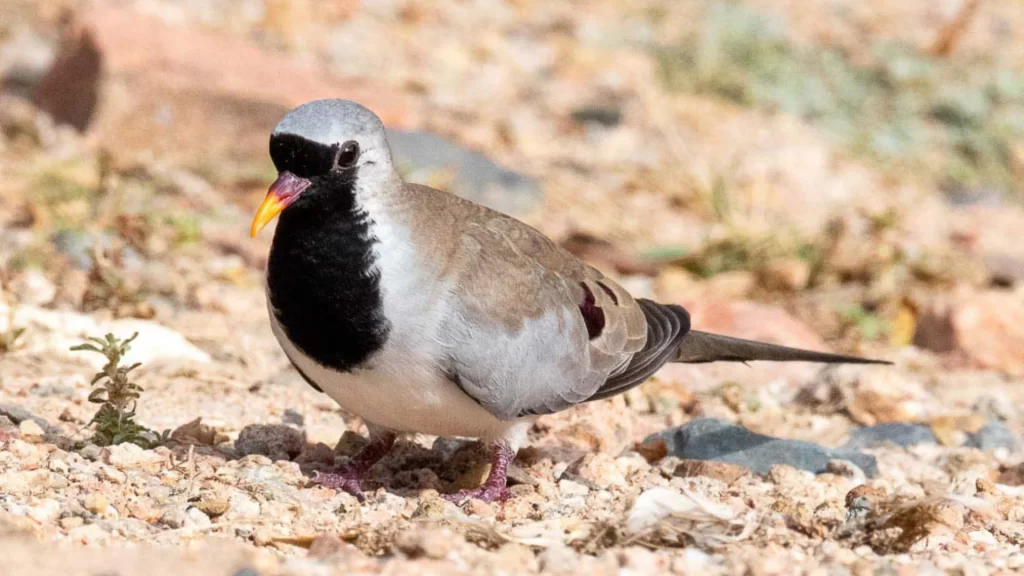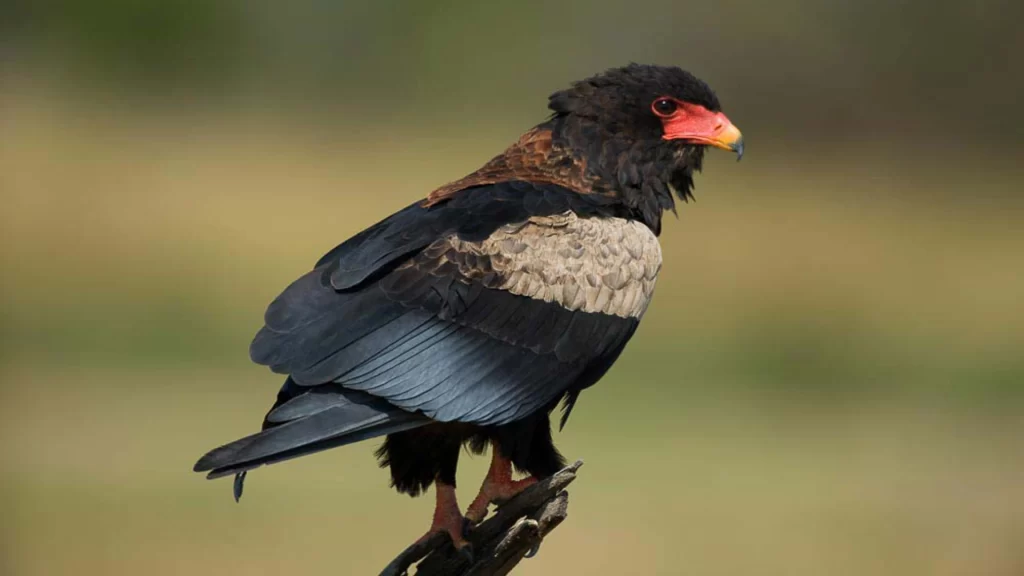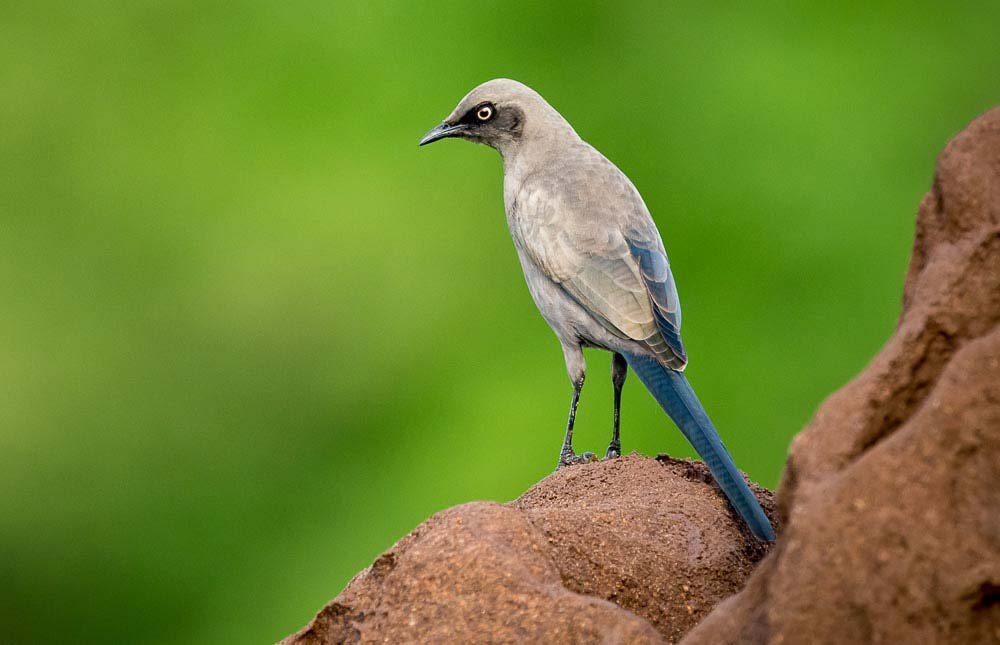Ruaha National Park, centrally located in Tanzania, stands as the country’s second-largest national park. It covers an expansive area of approximately 20,226 square kilometers. Therefore, this vastness contributes to its reputation for remote and untouched wilderness. It offers a truly unique safari experience. Indeed, compared to the more frequented northern circuits, Ruaha sees fewer tourists. This allows for a more intimate and authentic wildlife encounter. Crucially, the lifeblood of the park, the Great Ruaha River, flows through its heart. Consequently, this vital waterway sustains a remarkably diverse ecosystem. It draws animals to its banks, especially during the dry season. The park’s rugged beauty and extensive plains invite deep exploration.
Wildlife and Natural Highlights of Ruaha
Ruaha National Park boasts an extraordinary array of wildlife. Thus, this makes it a dream destination for nature enthusiasts. The park holds a significant population of African elephants. This might be the largest in East Africa. Certainly, expect incredible sightings of these magnificent creatures. Furthermore, it is home to approximately 10% of Africa’s entire lion population. This provides excellent opportunities for observing these apex predators. Visitors can also spot leopards, cheetahs, graceful giraffes, and large herds of zebras. The rivers teem with crocodiles. Moreover, the park protects several rare species. These include the endangered African wild dog, as well as sable and roan antelopes. Bird enthusiasts will find Ruaha National Park a true paradise. Over 570 recorded species live here. Specifically, these include distinct birds like the crested barbet and the vibrant violet-crested turaco.
Adventures and Landscapes in Ruaha National Park
The diverse landscape of Ruaha National Park adds to its allure. It features iconic baobab-studded hills, expansive miombo woodlands, and vast open savannahs. These varied habitats, in turn, create stunning vistas and exceptional wildlife viewing opportunities. Beyond game drives, exploring Ruaha offers profound experiences. The park protects over 1,650 plant species. Clearly, this contributes to its rich biodiversity. Ultimately, a safari to this incredible region provides an unparalleled chance to connect with raw, untamed nature. Whether you seek thrilling encounters with big cats, vast elephant herds, or a bird lover’s paradise, Ruaha National Park delivers an unforgettable Tanzanian adventure. Indeed, it offers a truly authentic bush experience, far from the crowds of other parks.










